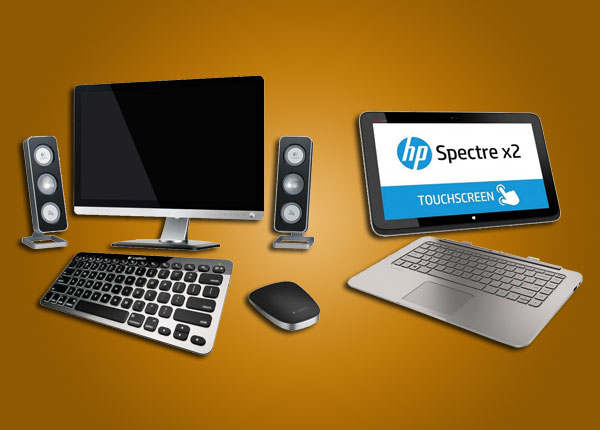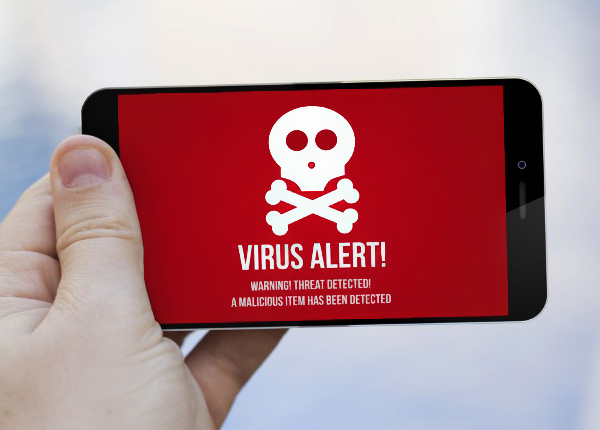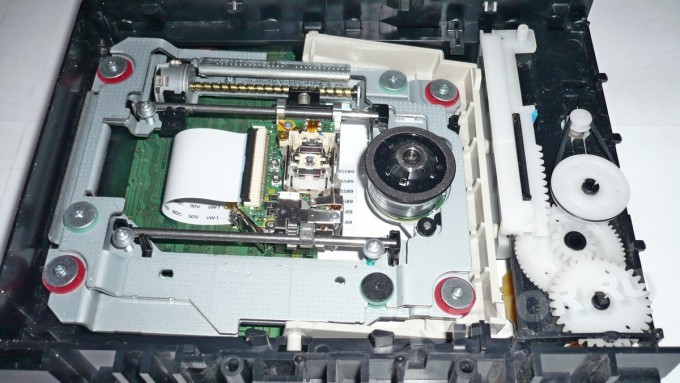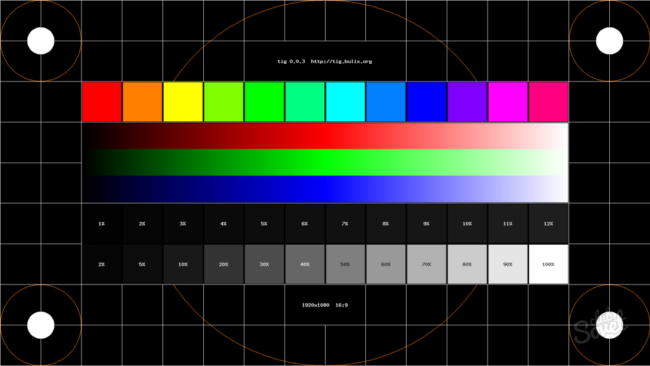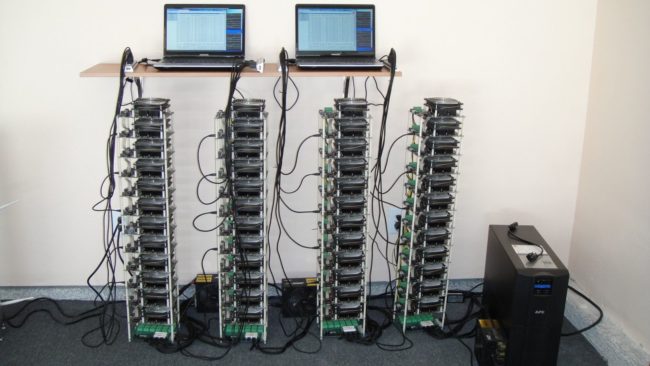The best antiviruses
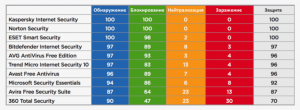 Antivirus rating based on testing by an independent laboratory SE Labs.
Antivirus rating based on testing by an independent laboratory SE Labs.
Simon Edwards Antivirus Research Lab has established itself as a completely independent and unbiased research organization for various security threats.
A few days ago, SE Labs presented another quarterly report on testing the most popular antiviruses that it conducted over the course of the year.
All antiviruses were tested under absolutely identical conditions using the most modern viruses, trojans, rootkits, network attacks, exploits and infected sites.
Antivirus Test Results
The results of the tests were presented in the form of a diagram and several tables with explanations, which we translated for you into Russian.
General antivirus protection level
Understand these diagrams as follows.
Protection – Prevention of Computer Penetration
Neutralization – blocking malicious code that has penetrated
Infection – penetration with computer infection
Unfortunately, only 2 out of 10 antiviruses were able to completely prevent the penetration and one more neutralized all penetrated threats. The remaining 7 infected the PC.
The test data are presented in more detail in the following table.
Detailed antivirus test results
Here was added information on the number of processed threats and a few more concepts.
Detection – a threat has been detected and the user is informed
Blocking – malicious code could not penetrate
Neutralization – malicious code penetrated, but could not start
Infection – malicious code started and caused damage
Protection – the general level of antivirus protection
Also, for the antivirus, an important factor is the absence of false positives, and here the tests showed the following results.
Antivirus Recognition Accuracy
Of the 10 antiviruses tested, 7 were able to ensure a complete absence of false positives.
Comments on antivirus tests
As you can see, not all antiviruses cope well with modern security threats and can ensure the absence of false positives. Next, we provide comments by SE Labs specialists on the results of antivirus tests.
All antiviruses did a good job of repelling network attacks, preventing the malicious code from entering the PC without user intervention, thereby providing a basic level of protection.
Most antiviruses did not allow false positives, correctly processing legal applications. However, for the rest, the number of errors is at an acceptable level.
More than half of antiviruses could not cope with exploits, i.e. viruses aimed at various vulnerabilities in software (operating system, browser, etc.). This task was achieved by Kaspersky IS, Norton Security, ESET SS, and Bitdefender.
All antiviruses except Kaspersky, Norton and ESET failed the tests where the human factor was used to infect the computer, the user downloaded and then manually launched the trojan from the Internet or from email. But that’s why antiviruses are needed to protect against such threats.
Which antivirus is better
You can’t definitely say which antivirus is better, as their positions change from time to time. But according to the results of the tests they were arranged in the following order.
Kaspersky Internet Security – took first place, as it blocked all security threats and did not allow false positives.
ESET Smart Security – took second place in the ranking, as it allowed the penetration of one virus, but was able to neutralize it and had no false positives.
Norton Security – coped with all the threats, but was convicted of false positives, which reduced its position.
Bitdefender Internet Security – coped with all exploits, but could not block 3 network attacks.
AVG AntiVirus Free Edition is the best free antivirus in today’s test, as it showed a good level of detection, skipping 3 network attacks and one exploit without false positives.
Avast Free Antivirus is the second free antivirus in the ranking, as it missed 4 network attacks and neutralized 7 threats after penetration, albeit quite successfully.
Trend Micro Internet Security – in addition to the fact that it is a paid version of the antivirus and equaled detection with avast, this antivirus neutralized 13 threats after penetration.
Microsoft Security Essentials – showed a level of recognition of threats below all previous antiviruses (81%), although it did not allow false positives, this is not enough.
Avira Free Security Suite – even lower level of recognition of threats (only 65%) with a lower level of recognition of legitimate programs (95%).
360 Total Security is a clear outsider in the testing, it missed 6 network attacks and most exploits, recognizing only 31% of threats and at the same time having the highest level of false positives (95%).
Of course, it is not surprising that paid versions of antiviruses turned out to be better, they constantly lead in the ratings, providing the best level of protection.
